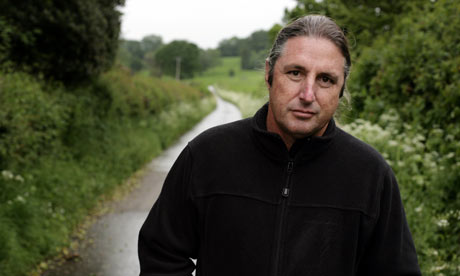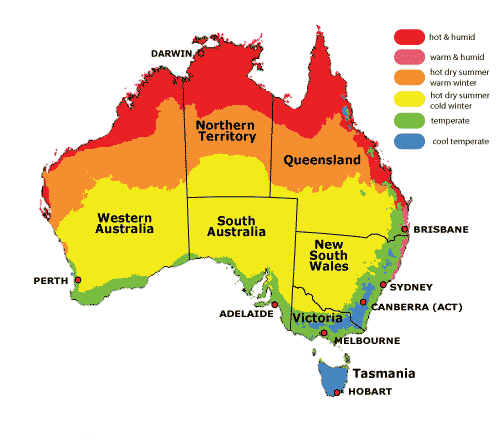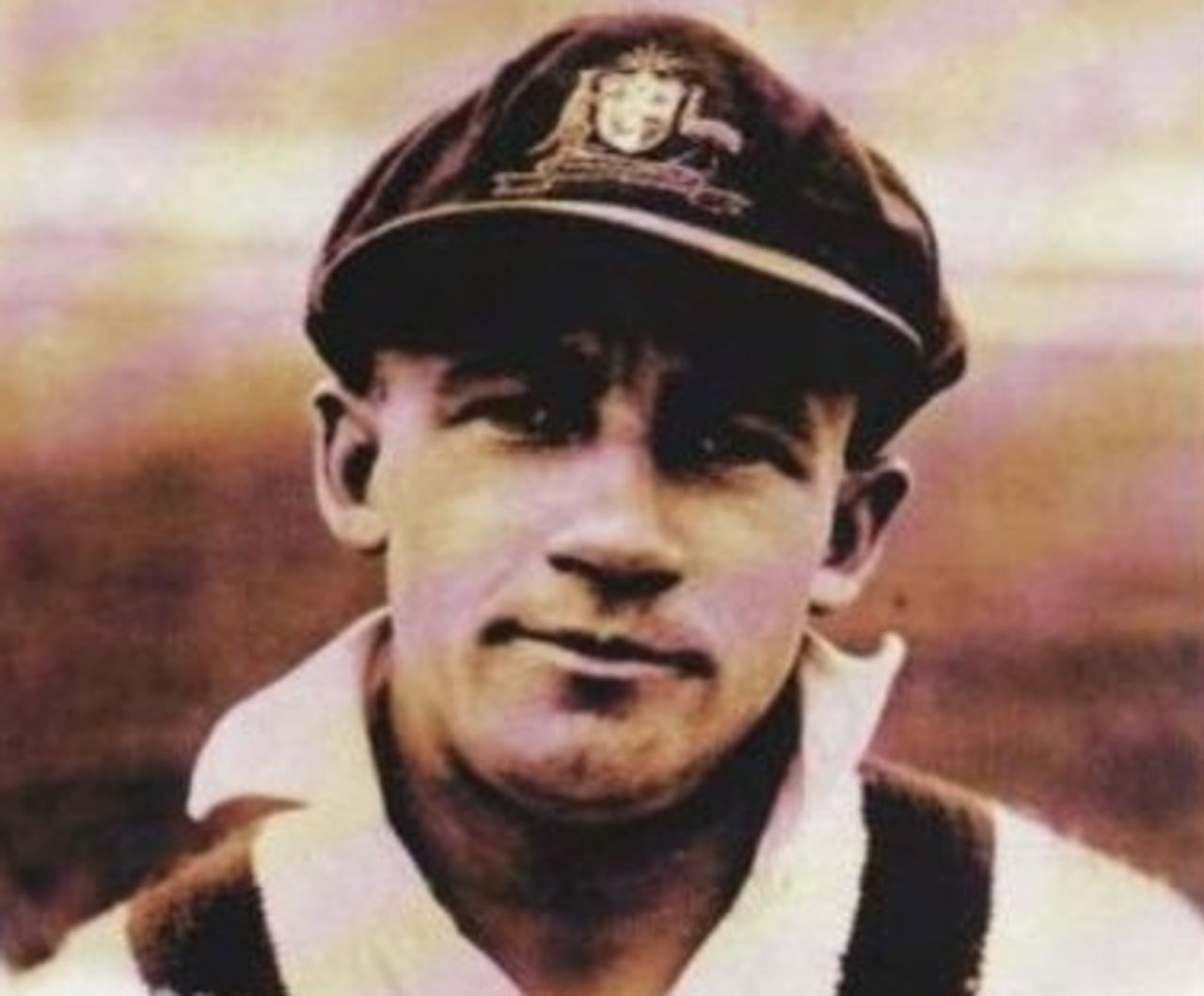From now on , I will write the homework on this page.
miércoles, 29 de abril de 2015
miércoles, 22 de abril de 2015
Day Book
22nd April 2015
23rd APRIL: BOOK DAY
World
Book Day is a celebration! It’s a celebration of authors, illustrators,
books and (most importantly) it’s a celebration of reading. In fact,
it’s the biggest celebration of its kind, designated by UNESCO as a worldwide celebration of books and reading, and marked in over 100 countries all over the world.
As we are working on the project about Australia, here are 4 famous Australian characters, three of them are writers and one is a very famous sportsman.
MEM FOX


SIR DONALD BRADMAN
23rd APRIL: BOOK DAY
What is World Book Day?
As we are working on the project about Australia, here are 4 famous Australian characters, three of them are writers and one is a very famous sportsman.
MEM FOX
Mem Fox is an Australian writer of children´s books.
She wrote Australia´s best ever selling picture book, titled “Possum Magic”.
Mem has sold over 5 million copies of Possum Magic in Australia. She was born
in 1946 and studied drama in London and children´s literature in Australia. She
has written over 40 children´s books and 5 books for adults.
“Possum Magic” is the story of two possums: Grandma
Poss and Hush. Hush has been made invisible by her Grandma to protect her from
the dangers of the Australian bush. Hush wants to become visible again, so Hush
and Grandma Poss must travel across Australia to find the magic food that will
make Hush visible once more.
PATRICK WHITE

Patrick White was born in 1912 and was an Australian writer who
published 12 novels, three short-story collections and eight plays. He died in
1990. White was the first Australian to have been awarded the Nobel Prize in
Literature.
White grew up in Sydney and then went to school in England before
returning to Australia to work on a farm. He studied at Cambridge University in
England before moving back to Sydney. In 1973 he received the Nobel Prize in
Literature as well as receiving the Australian of the Year award.
BANJO PATERSON
Banjo Patterson was an Australian bush poet,
journalist and author. He was born in 1864 and died in 1941. He wrote many
poems and ballads about Australian life which focused on the outback area and
way of life in the Australian bush.
His most famous poems were ”Waltzing Matilda”, “The
Man from Snowy River” and “Clancy of the Overflow”. Many Australians love
“Waltzing Matilda” so much that they think it should be the national anthem of
the country. Banjo Paterson´s face is on the Australian $10 bill.
“Waltzing Matilda”:
Waltzing Matilda, waltzing Matilda
You´ll come a-waltzing Matilda, with me
And he sang as he watched and waited till his billy
boiled
“You´ll come a-waltzing Matilda, with me”.
Sir Donald Bradman was an Australian cricketer and the
greatest sportsman in the world. He was born in 1908 and died in 2001. As a
boy, Bradman practiced cricket in his backyard before becoming an Australian
idol at the age of 22.
Bradman´s batting average is 99.94, which means he hit
99.94 balls out of 100 that were bowled to him in a game. This is the greatest
achievement by any sportsman in history. He played cricket for Australia for 20
years between 1928 – 1948.
jueves, 9 de abril de 2015
sábado, 21 de marzo de 2015
lunes, 9 de marzo de 2015
Australia in February
Carnivals 2014-15
This year our topic for the carnival is "countries all over the world"
We got dressed in the typical costumes of the different countries. For instance, the infant students chose Egypt, China and Mexico.
The 1st grade Spain, 2nd grade Greece, 3rd grade India, 4th grade Romania, 5th grade Italy and the 6th grade students, following the tradition, were following the parade into tears because of the burning of the sardine. Everybody enjoyed it a lot and had lots of fun.
Here are some photographs.
I hope you enjoy them.
This year our topic for the carnival is "countries all over the world"
We got dressed in the typical costumes of the different countries. For instance, the infant students chose Egypt, China and Mexico.
The 1st grade Spain, 2nd grade Greece, 3rd grade India, 4th grade Romania, 5th grade Italy and the 6th grade students, following the tradition, were following the parade into tears because of the burning of the sardine. Everybody enjoyed it a lot and had lots of fun.
Here are some photographs.
I hope you enjoy them.
miércoles, 4 de marzo de 2015
Flora and fauna videos
Video examples
Flora and fauna
Flora and fauna
Australian houses
domingo, 22 de febrero de 2015
miércoles, 14 de enero de 2015
Australia in January
During the months of January and February we have to find out information about the climate, food, flora and fauna in Australia.
Climate
Australia experiences temperate weather for most of the year but the climate can vary due to the size of our continent. The northern states typically experience warm weather much of the time, with the southern states experiencing cooler winters. Australia is also one of the driest continents on earth with an average annual rainfall of less than 600 millimetres. Like all countries in the southern hemisphere, Australia's seasons are opposite to those in the northern hemisphere. December to February is summer; March to May is autumn; June to August is winter; and September to November is spring.
Australian food and drink
 Scratchleys on the Wharf, Newcastle Harbour, NSW, courtesy of NSW Explorer.
Scratchleys on the Wharf, Newcastle Harbour, NSW, courtesy of NSW Explorer.Stores of rum and beer, as well as the makings for them, grapevine cuttings for wine, coffee plants and beans, and ginger were unloaded in 1788 with the First Fleet arriving in the Colony of New South Wales. Ginger beer, cordial and lemonade factories sprang up as the colonies developed.
The influx of migrants from Europe and America during the gold rushes of the 1850s spurred the drinking of coffee and the expansion of street vendors with pies and Cornish pasties. The new arrivals also developed a taste for Chinese food with fresh green vegetables, available in China towns, and especially in the port cities from the 1860s and throughout the 1870s.
 Prawns in saffron and lime, no source
Prawns in saffron and lime, no sourceFrom the 1880s, grand ornate coffee palaces offered coffee drinking and dining as alternatives to the alcohol fuelled atmosphere of the pubs. Coffee lounges became part of the modern jazz culture of the 1920s and 30s and expanded with the influx of American servicemen and European migrants in the 1940s.
 Smokey barbecue, no source
Smokey barbecue, no sourceAt the end of the Second World War (1939–45), there was another influx of migrants, which bought new ingredients and new flavours. This willingness to experiment and discover new taste experiences transformed Australian cooking. Australian food began to be defined by the changes brought about by new styles of cooking, especially Mediterranean, Asian, Indian, and African.
Today, many contemporary Australian chefs display these qualities of innovation and bold experimentation in their expression of originality, and are recognised worldwide for their skill and imagination.
Our hall
 |
Suscribirse a:
Entradas (Atom)


















































